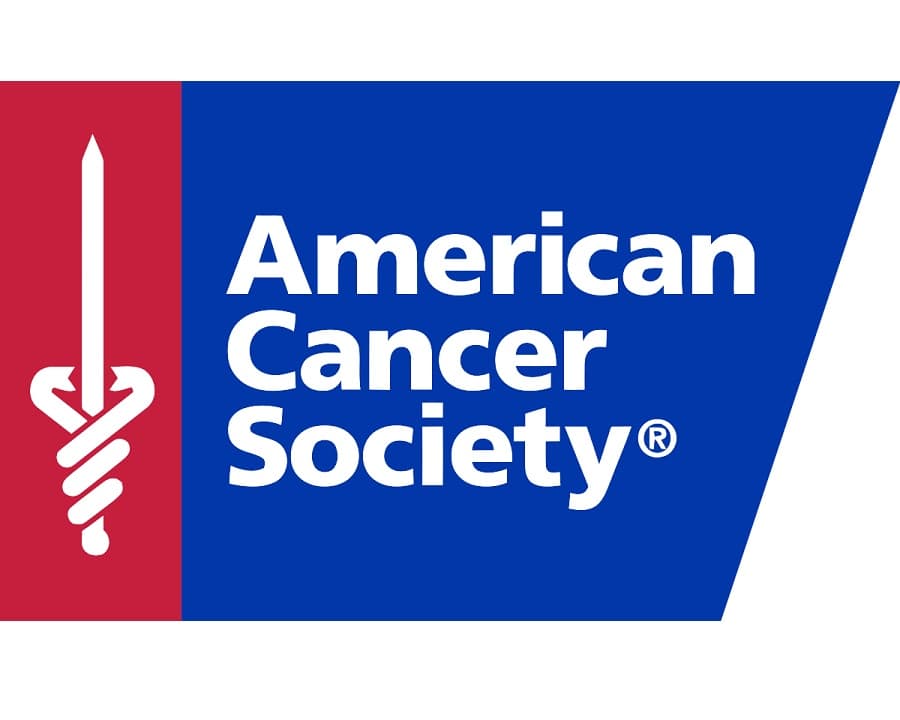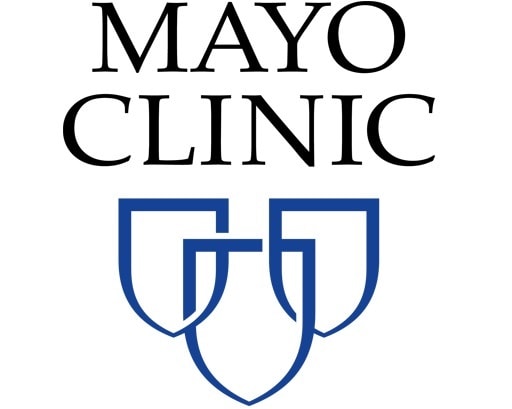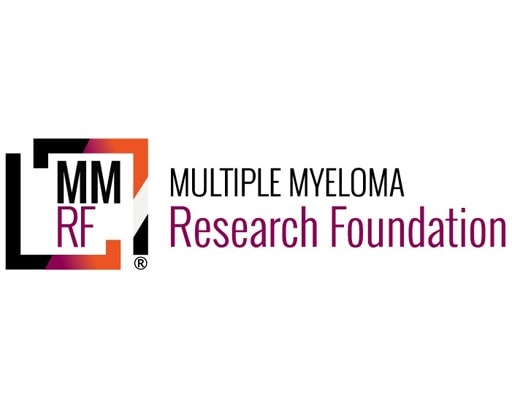Plasma Cell Dyscrasias
Treatment
Last update: October 1st, 2019
In myeloma, the treatment is dependent on the staging of the patient, its fitness and also patient preferences and particularities such as age, type of work, daily routine, adverse effects, other diseases.
There are different objectives for the treatment given to myeloma patients:
- Obtain disease stability to control symptoms from secondary disorders that imply danger to patient’s life and are related to the body biochemistry and immune system. Some complementary therapies can be for example hemodialysis or medicine to reduce hypercalcemia.
- Palliative care to relieve discomfort from the major symptoms and improve patient’s quotidian life. Some examples of these treatments are transfusions to treat anemia or surgical treatment to correct bone damage.
- Induce disease remission to reduce symptoms, reduce or detain evolution of the disease. There are several treatments to destroy pathological cells.
- Tentative cure through permanent remission of the disease which usually includes bone marrow transplant in combination of different treatment cycles.
Current therapies
Single drug therapies may be used to treat multiple myeloma but most commonly a combination of 2-3 therapies are used as it seems to be more efficient to reduce disease burden.
The main types of drug therapies used to treat multiple myeloma are:
- Proteasome inhibitors
- Immunomodulatory drugs (IMiDs)
- Steroids
- Histone deacetylase (HDAC) inhibitors
- Antibodies
- Chemotherapy
In addition, several clinical trials are under way to evaluate the benefit of emerging therapies such as CAR-T cells, Transduced T-cell receptors, molecular targeted therapies, vaccines, new combinations of PIs and IMiDs. Most of them are targeted therapies which use the patient’s own immune system to attack specifically pathological cells.
Proteasome inhibitors (PIs)
Proteasome inhibitors are included in most therapies in all stages of disease. Proteasomes are enzyme complexes that degrade old, defective or unneeded proteins related to cell division so that they can be replaced by newer ones. Pathological cells are killed by the accumulation of those proteins due to the use of inhibitors.
Immunomodulatory drugs (IMiDs)
IMiDs supports most of the standard treatments by regulating certain aspects of the immune system such as activation of immune cells, control growth signals or kill pathological cells.
Steroids
Steroids are included in most therapies in all stages of disease in combination of many other therapies. They are used to decrease inflammation by avoiding migration of leukocytes cells to the disease-affected regions and to reduce adverse effects for example of chemotherapy. Pathological cells are killed when high doses of steroids are used.
Histone Deacetylase (HDAC) inhibitors
HDAC are used in combination with other therapies in patients that have received at least two other treatments. HDAC protein regulates gene-specific transcription and since they are present in high quantity in pathological cells it allows them to divide and grow more rapidly. HDAC inhibitors target this process, having anti-proliferative and pro-apoptotic properties.
Monoclonal Antibodies
Monoclonal antibody therapies can be used by themselves or in combination with other treatments in different stages of patient’s evolution. Monoclonal antibodies are a type of immunotherapy which is used to target specific proteins in the surface of pathological cells. These antibodies can be used for example to tag pathological cells and stimulate natural killer (NK) cells to kill them. Another type of monoclonal therapy is to target CD38 antigen expressed by plasma cells to flag them for destruction or directly kill them. This latest therapy shifts normal patters of expression in plasma cells which could difficult their evaluation by flow cytometry. For this reason, Cytognos has created the CD38 multiepitope which recognizes plasma cells even in patient treated with monoclonal antibodies against the CD38 molecule.
Chemotherapy
Chemotherapy is mostly used in multiple myeloma as a preparation to stem cell transplant in order to control pathological cell growth. They are usually combined with other therapies such as steroids and immunomodulating agents. Chemotherapy treats patients by killing cells in division, and since cancer cells have an increased capacity for division then they will be more affected than healthy cells.
Resources
Publications:
- Rajkumar SV, Kumar S. Multiple Myeloma: Diagnosis and Treatment. Mayo Clin Proc. 2016 Jan;91(1):101-19. Go to publication
- Terpos E, et al. International Myeloma Working Group recommendations for the treatment of multiple myeloma-related bone disease. J Clin Oncol. 2013 Jun;31(18):2347-57. Go to publication
- Cavo M, et al. International Myeloma Working Group consensus approach to the treatment of multiple myeloma patients who are candidates for autologous stem cell transplantation. Blood. 2011 Jun;117(23):6063-73. Go to publication
- Durie B, et al. International uniform response criteria for multiple myeloma. Leukemia. 2006 Sep;20(9):1467–73. Go to publication




